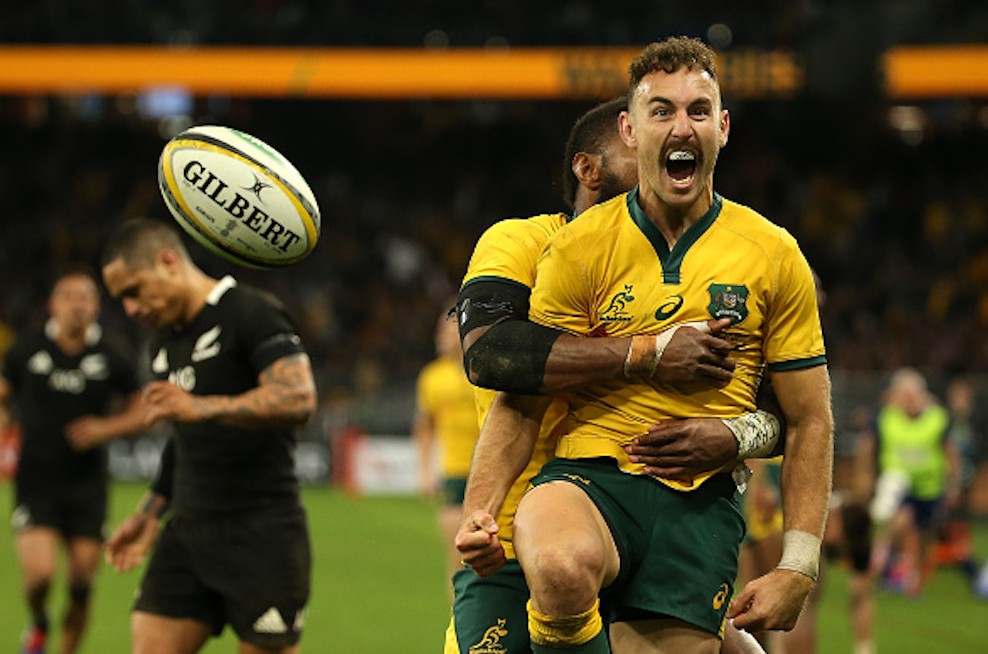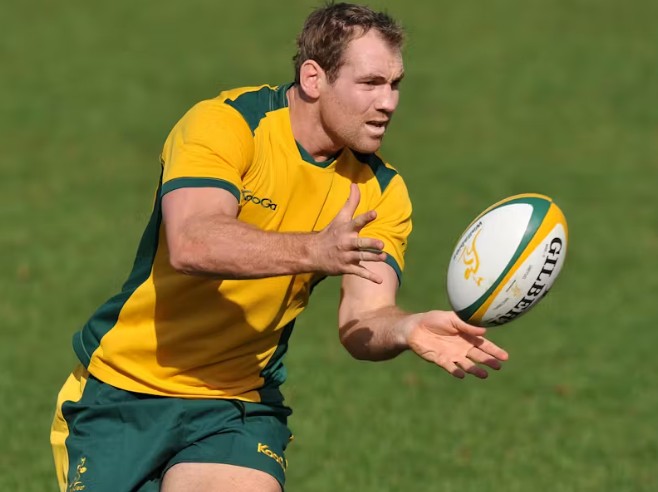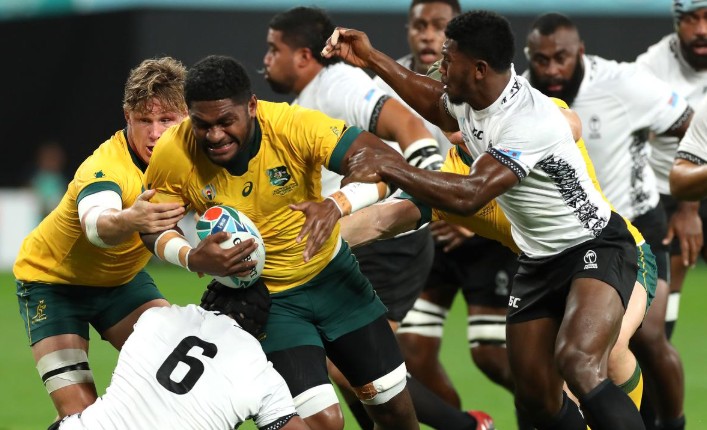Australian Rugby Coverage – Union & League Updates
Rugby arrived in Australia in the 1860s, brought by British immigrants. The first recorded rugby match took place in Sydney in 1864. Initially, Rugby Union dominated the scene, played primarily by private schools and elite clubs. It quickly spread through New South Wales and Queensland.
In 1908, a significant split occurred. Many working-class players were frustrated by the amateur nature of Union and broke away to form Rugby League. This marked the beginning of two separate codes: Rugby Union and Rugby League, each growing in popularity and establishing their own systems.

Rugby Union in Australia
Rugby Union is governed nationally by Rugby Australia. The national team, the Wallabies, has been one of the most successful sides in international rugby, winning two Rugby World Cups—in 1991 and 1999.
Australia’s domestic competition includes Super Rugby Pacific, featuring five professional franchises: ACT Brumbies, NSW Waratahs, Queensland Reds, Melbourne Rebels, and Western Force. These teams compete with clubs from New Zealand and the Pacific Islands.
Despite international success, Union has faced challenges domestically, such as declining crowd numbers, TV viewership, and youth participation. Rugby Australia is investing in grassroots programs to reverse these trends and rebuild support across the country.
Rugby League in Australia
Rugby League has grown to become one of Australia’s most-watched and passionately followed sports. The National Rugby League (NRL) is the top-level professional competition and includes 17 teams, with clubs based in Sydney, Brisbane, Melbourne, Canberra, Townsville, and New Zealand.
The State of Origin series is the most-watched sporting event in Australia each year. It pits New South Wales against Queensland in a best-of-three format. Origin games are known for their intensity, physicality, and emotional weight, showcasing the very best of the sport.
The NRL Grand Final is a major national sporting event, drawing massive TV audiences and attendance figures upwards of 80,000 fans at Stadium Australia in Sydney.
Grassroots Rugby and Player Development
Rugby is deeply rooted in Australian schools, particularly in the private school systems of NSW and Queensland. Many Wallabies and NRL stars began their careers in schoolboy rugby, progressing through elite academies and state programs.
Clubs and communities play a vital role. Local rugby competitions in cities and rural areas are essential in identifying and nurturing young talent. Rugby is also used to promote discipline, teamwork, and fitness in school curriculums and junior leagues.
Programs like “Get Into Rugby” and “League Stars” are designed to attract young players to the game and promote long-term growth.

Indigenous Participation and Social Impact
Rugby has provided a platform for Indigenous athletes to shine. Legends like Arthur Beetson, Greg Inglis, and Latrell Mitchell in League, and Mark Ella and Kurtley Beale in Union, have had a lasting impact on the sport.
Rugby clubs are active in promoting social inclusion, education, and health awareness in Indigenous and disadvantaged communities. Sporting scholarships and outreach initiatives continue to build strong links between rugby and social progress.
Women’s Rugby in Australia
Women’s rugby has experienced rapid growth. In Rugby Union, the Wallaroos compete internationally and have participated in multiple Women’s Rugby World Cups. The Australian women’s sevens team won gold at the 2016 Rio Olympics, a landmark moment for the sport.
In Rugby League, the NRLW was launched in 2018. It has expanded to include 10 teams, with strong TV ratings and growing crowds. Female participation at junior and senior levels is increasing, supported by targeted investment and coaching development.
International Competitions and Rivalries
Australia’s biggest rival in Rugby Union is New Zealand. The annual Bledisloe Cup, contested between the Wallabies and All Blacks, is a major fixture in the calendar. Australia also competes in The Rugby Championship with New Zealand, South Africa, and Argentina.
In Rugby League, international competition includes the Kangaroos (Australia’s national team), who are among the most dominant teams in the world. Australia has won the Rugby League World Cup 11 times and continues to be a powerhouse.

Major Rugby Events in Australia
Australia regularly hosts major rugby events. These include:
- State of Origin (Rugby League)
- Super Rugby Finals (Rugby Union)
- Rugby Championship matches
- International Tests against top-tier nations
- NRL Magic Round, where all games are played at one stadium across one weekend
In 2027, Australia will host the Rugby World Cup (Union), a massive opportunity to revive interest and investment in the code. A Women’s Rugby World Cup will follow in 2029.

The Rugby Economy and Media
Rugby is a billion-dollar industry in Australia. NRL has lucrative broadcast deals with Nine Network and Fox League. Sponsorship from brands like Telstra, Harvey Norman, and KFC fuels the growth of clubs and players.
Union has recently struggled with revenue and competition from other sports. However, renewed partnerships and the upcoming World Cup are expected to improve its financial outlook.
Media coverage plays a major role. Sports shows, podcasts, and social media channels have helped connect fans to the players and behind-the-scenes content.
Challenges and The Future of Rugby in Australia
Rugby in Australia faces serious competition from AFL, soccer, and basketball for fans, players, and media attention. Concussions and long-term player health are also key concerns.
However, strong youth development, the rise of women’s competitions, and the global popularity of rugby sevens are all positive signs.
The 2027 and 2029 Rugby World Cups will be pivotal moments. With strong planning, investment, and fan engagement, Australia can reassert itself as one of the leading rugby nations in the world.